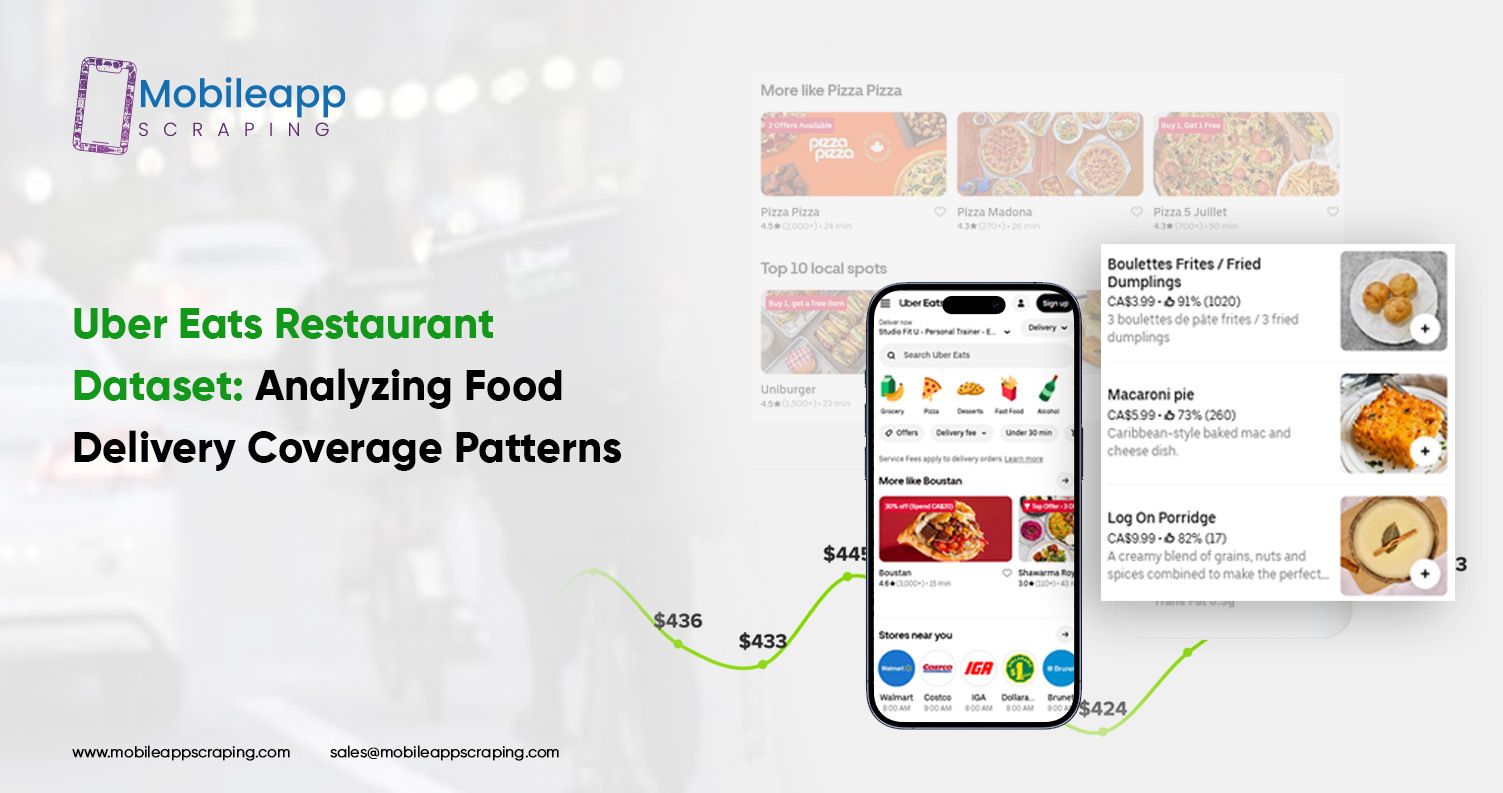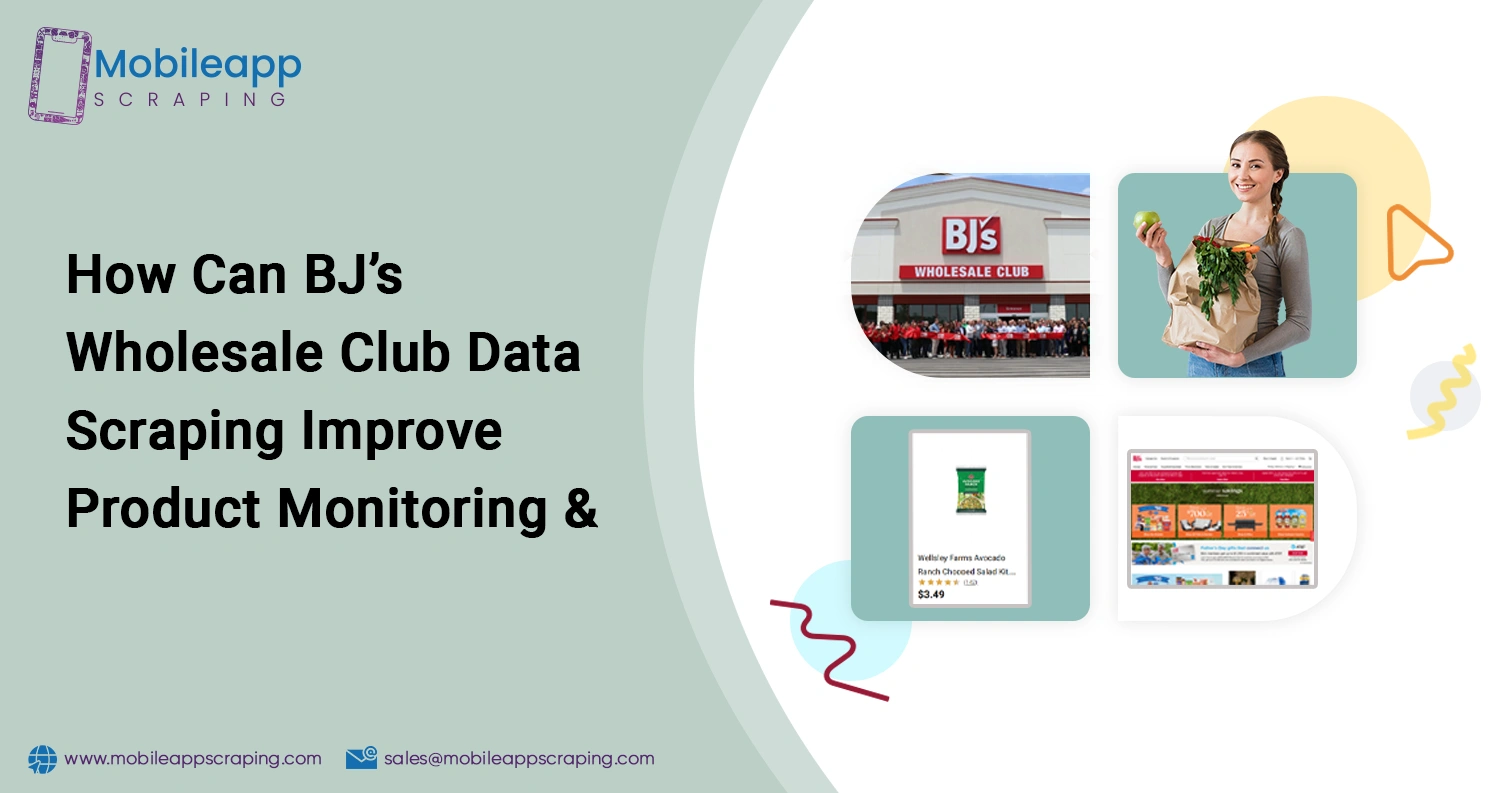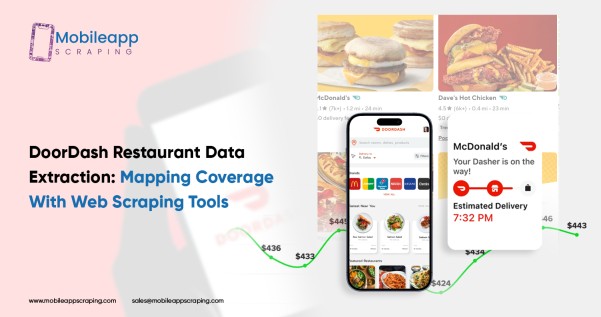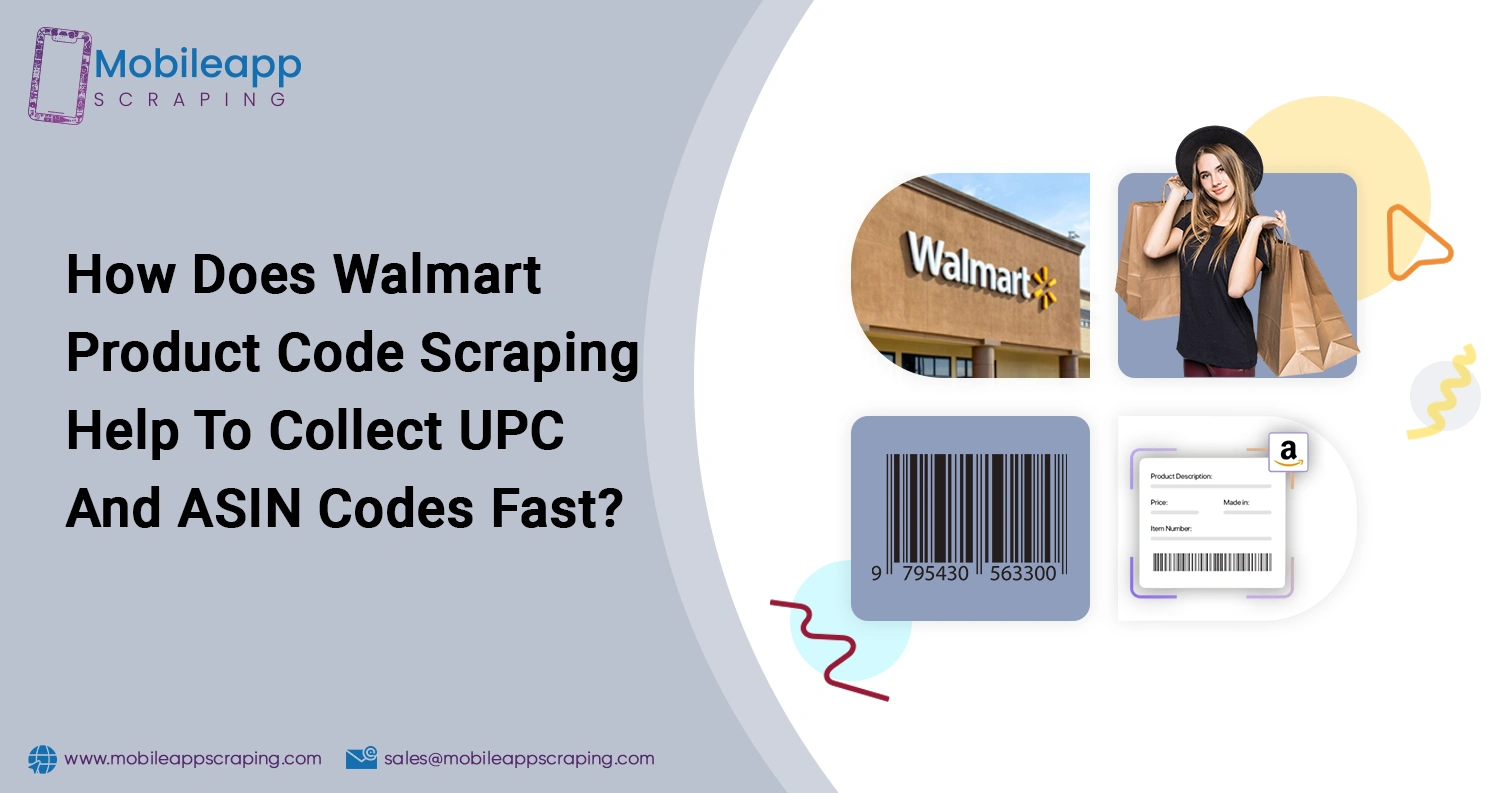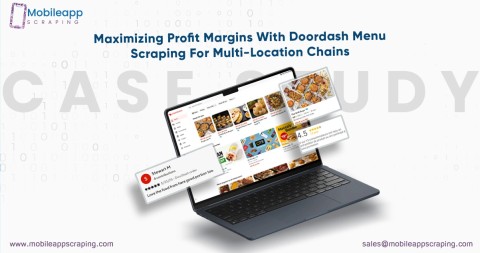How Is Quick Commerce Inventory Monitoring Transforming Product Availability?

Strong 8k brings an ultra-HD IPTV experience to your living room and your pocket.
Introduction
Quick commerce is redefining consumer expectations, delivering products within minutes via platforms like Zepto, Blinkit, and Instamart. To support this high-speed retail model, businesses must ensure real-time product availability and optimized stock management. This is where Quick Commerce Inventory Monitoring comes in—offering deep visibility into inventory data to avoid stockouts, overselling, and delays.
Traditional inventory practices no longer suffice in a space where customer satisfaction depends on instant fulfillment. Today’s leading retailers use advanced Inventory Data Scraping Solutions to gain real-time insights, improve forecasting accuracy, and maintain seamless operations.
Inventory Challenges in the Quick Commerce Era
Quick commerce relies on micro-fulfillment centers located close to consumers, each needing precise stock levels to support ultra-fast delivery. Managing inventory across multiple locations and apps presents several challenges:
Real-time synchronization across platforms and warehouses
Hyperlocal demand forecasting
Instant product updates to prevent overselling
Automated reordering and restocking
Cross-platform inventory visibility
Legacy inventory systems can’t deliver the speed or precision required. Retailers now need modern systems that can update availability in real time, align with fulfillment capabilities, and respond dynamically to demand shifts.
Real-Time Data: The Core of Modern Inventory Monitoring
At the heart of effective inventory control is real-time data integration. By scraping product and inventory data from quick commerce apps, businesses gain a full picture of stock performance, competitor positioning, and market movement. Key enablers include:
Multi-platform inventory sync
Automated data validation
Scalable backend infrastructure
Predictive analytics
Smart anomaly detection
By implementing these tools, retailers can ensure that what consumers see on the app reflects actual product availability, minimizing cart abandonment and missed sales opportunities.
Technological Innovations Reshaping Inventory Management
Technologies like AI, machine learning, and IoT are transforming how companies monitor and manage inventory. Advanced inventory monitoring systems now feature:
Predictive analytics for demand forecasting
IoT sensors for real-time product tracking
Dynamic pricing based on stock and demand
Centralized dashboards for multi-platform control
Automated alerts for low stock or anomalies
These innovations help businesses maintain optimal inventory levels while cutting costs and ensuring reliable delivery—core requirements in today’s quick commerce ecosystem.
Strategic Advantages of Inventory Monitoring
Beyond operations, inventory monitoring delivers long-term strategic benefits. Businesses using advanced solutions report:
Increased customer satisfaction through reliable availability
Reduced overhead from better stock turnover
Competitive advantage with accurate pricing and faster fulfillment
Better decision-making with actionable analytics
Scalable inventory systems ready for business growth
With consumer loyalty tied closely to availability and delivery speed, investing in monitoring capabilities enhances service levels and strengthens market position.
Overcoming Implementation Hurdles
Adopting new systems comes with challenges, especially when dealing with legacy software, integration gaps, or limited IT resources. Key ways to ensure smooth implementation include:
Phased rollouts to minimize disruptions
Staff training for system adoption
Strategic data migration plans
API integration across Zepto, Blinkit, and Instamart
Ongoing testing and optimization
Addressing these areas early ensures that your monitoring systems run smoothly and deliver the expected business impact.
What’s Next: Future Trends in Inventory Monitoring
The future of inventory monitoring is smart, automated, and predictive. Expect innovations like:
AI-driven forecasting engines
Blockchain for transparent supply chains
AR-powered warehouse systems
IoT-enabled live inventory feeds
Advanced App Data Scraping Services for competitive insights
These trends point toward Quick Commerce Data Solutions that offer self-optimizing inventory control for greater speed, accuracy, and responsiveness.
Conclusion
Quick commerce is pushing the boundaries of inventory management. Businesses that invest in Quick Commerce Inventory Monitoring and Mobile App Scraping tools will gain the edge in reliability, efficiency, and customer experience. With the right systems, product availability becomes not just manageable—but a strategic advantage.
Ready to get started? Reach out to Mobile App Scraping to deploy scalable, intelligent inventory tracking systems tailored to your quick commerce operations.
Source: https://www.mobileappscraping.com/future-trends-in-quick-commerce-inventory-monitoring.php
Originally Published By: https://www.mobileappscraping.com
#QuickCommerceInventoryMonitoring #ProductAvailabilityInQuickCommerce #QuickCommerceProductDataScraping #InventoryDataScrapingSolutions #TrackInventoryAcrossZeptoBlinkitInstamart #QuickCommerceDataSolutions #ExtractStockAvailabilityData #GroceryAppStockDataScraping #QuickCommerceAppDataExtraction #AppDataScrapingServices #MobileAppScraping
Note: IndiBlogHub features both user-submitted and editorial content. We do not verify third-party contributions. Read our Disclaimer and Privacy Policyfor details.



